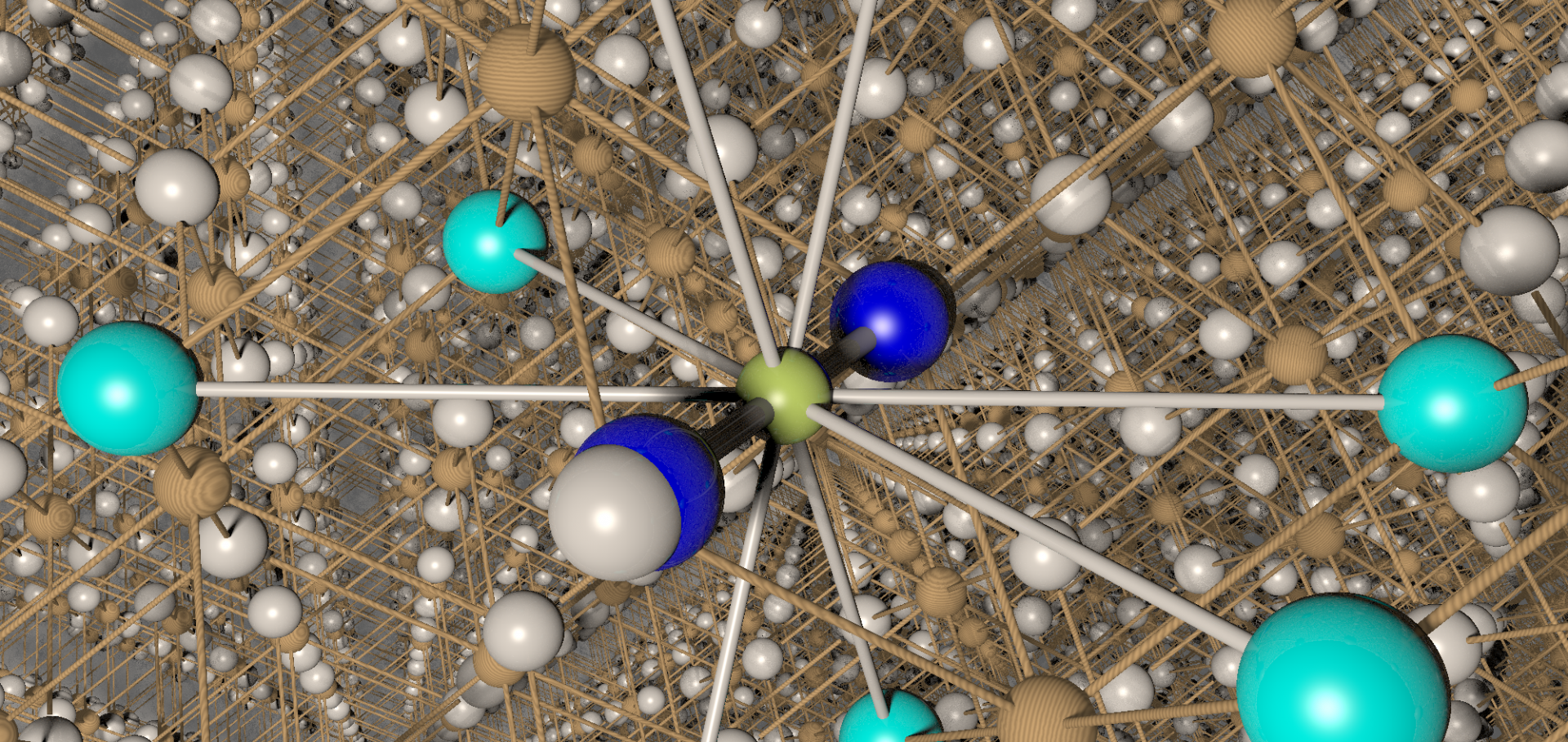Investigation of vortex behavior in the organic superconductor kappa-(BEDT-TTF)(2)Cu(SCN)(2) using muon spin rotation
PHYSICAL REVIEW LETTERS 79:8 (1997) 1563-1566
Magnetism in nitronyl nitroxide radicals and their ion radical salts
MOL CRYST LIQ CRYS A 305 (1997) 435-444
Abstract:
We report the results of magnetization, susceptibility and muon spin rotation/relaxation (mu SR) measurements and crystal structure analyses of the organic neutral and ion radicals based on nitronyl nitroxide. Magneto-structural correlations in naphthyl and quinolyl nitronyl nitroxides, some of which exhibit ferromagnetic intermolecular interactions, are discussed in terms of intermolecular and interatomic contacts. The temperature dependence of the paramagnetic susuceptibility of sodium 2-sulfonatofuryl nitronyl nitroxide and 2-carboxyfuryl nitronyl nitroxide are interpreted in terms of a combination of ferromagnetic and antiferromagnetic interactions. Of the organic radicals exhibiting ferromagnetic intermolecular interactions, magnetic transitions in the zero-field muon spin relaxation are observed in l-naphthyl and p-cyanophenyl nitronyl nitroxide below 0.10 and 0.17 K, respectively.Organic magnetism in nitronyl nitroxides studied by mu SR
HYPERFINE INTERACT 104:1-4 (1997) 251-256
Abstract:
Ferromagnetism has been observed in a family of organic molecular crystals based on the nitronyl nitroxide radical. We present the results of mu SR experiments on a number of nitronyl nitroxide compounds. The zero-field spin precession of muons implanted in diamagnetic states can be used to follow the magnetic order parameter as a function of temperature. Five of the materials studied show magnetic transitions, although the transition temperature and the nature of the magnetic ground state in each case are quite different. mu SR can be used to study these ground states and thus help to relate the observed magnetic properties to the crystal structure of each material.Probing magnetic order in heavily doped La2-xSrxNiO4+delta with mu SR
HYPERFINE INTERACT 104:1-4 (1997) 55-60
Abstract:
We report mu SR measurements on a series of compounds with composition La2-xSrxNiO4+delta where the net hole concentration x + 2 delta is greater than 0.4. A magnetic transition is found in all the samples studied which occurs at a composition-dependent temperature T-M. Below T-M, clear precession signals are observed in zero applied magnetic field. The possible muon sites are discussed within the context of dipole-field calculations.Spin dynamics in conducting polymers studied by mu SR
HYPERFINE INTERACT 106:1-4 (1997) 33-38


